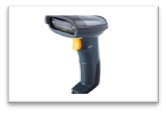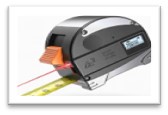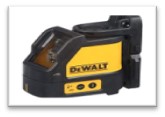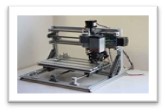When you first hear the term ultraviolet light, what comes to mind? The most common thought is geared towards the sun and being outside. Damage caused by the sun is typically in the form of burns, which can range from first degree to third degree. The short and simple means of protection being the implementation and proper utilization of sunscreen with a sun protection factor (SPF) of 30+. Beyond the utilization of sunscreen products, exposure should always be limited when possible. Consider changing the timeline of work to earlier hours, which tend to have a lower index for ultraviolet light. While sun rays are a huge factor in the construction field, we should also be aware of laser emitting equipment.
Understanding The Hazards
| Class | Example | |
|---|---|---|
| 1 | Does not emit radiation at a known level of hazard |  |
| 2 | Low-power visible lasers |  |
| 3 | Moderate-power lasers |  |
| 4 | High-power lasers |  |
Understanding Protection
Depending on the classification of the laser system, certain control measures should be implemented. In general, always review and follow equipment manufacture’s recommendations. Ensure training is understood by all associated with the task at hand. Ensure all safety measures and hazard labeling is present on the equipment. Anytime visible light is emitted, the source location and ending location must be communicated to all workers exposed. Upon the determination that laser equipment is needed, a pre-task analysis of hazards and control measures should be discussed with all workers associated with the operations. Communicating the hazard by means of highly visible and legible signage is strongly recommended. If a potential for diffusion at the end location is possible, ensure a material is utilized to absorb the light and not reflect it in other directions. Depending on the wattage, consider full screen protection in areas, or close access via danger tape for all unauthorized individuals. Limited duration for individuals should be the goal if exposure is necessary. Rotation of employees in affected areas is a common control method. The final level of protection to implement includes personal protective equipment. ANSI Z136.1 rated, or equivalent, safety glasses or face shield should always be utilized to protect the eyes. Protective clothing such as long sleeves and gloves should be considered as well.
[1] Noun: the SI unit of power, equivalent to one joule per second, corresponding to the power in an electric circuit in which the potential difference is one volt and the current one ampere.
Related Topics: Safety Tips, Safety Awareness, Safety Articles